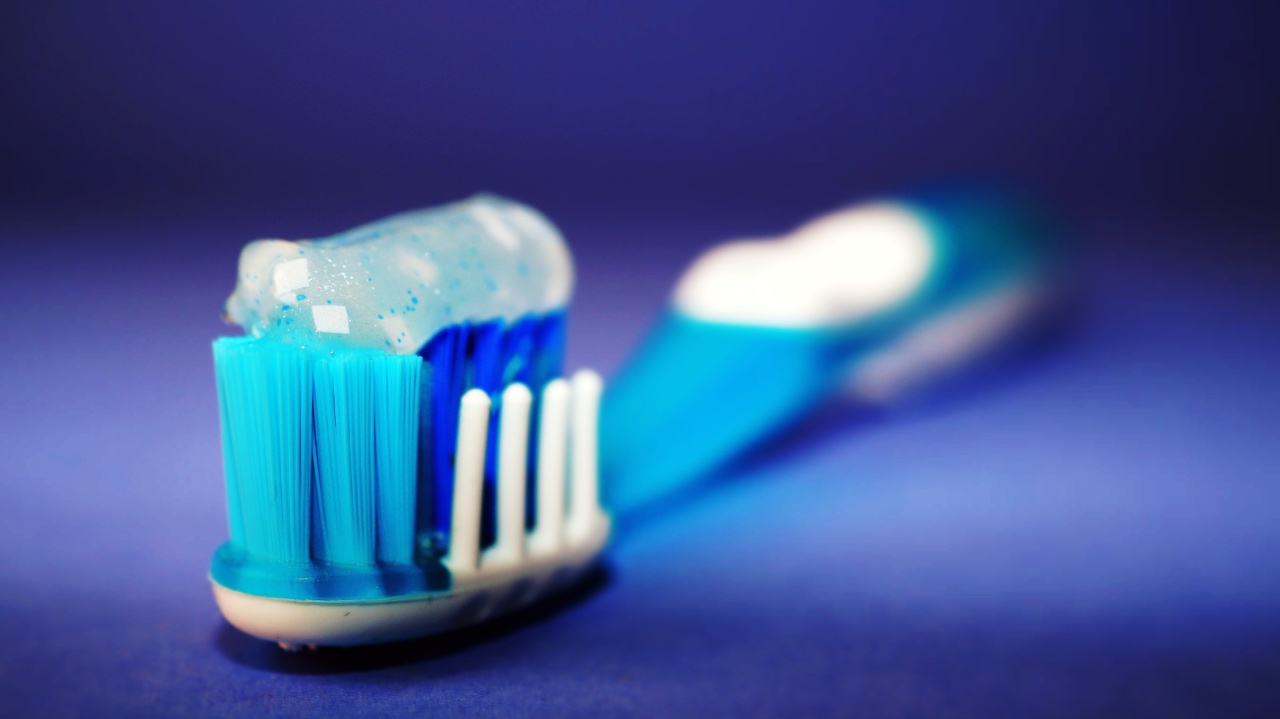Poverty, defined as the state of being extremely poor, is a significant issue worldwide.
It affects millions of people globally, and its impacts are far-reaching, affecting access to healthcare, education, and basic necessities such as food, clothing, and shelter. Oral health is one of the areas significantly impacted by poverty across the globe, leading to severe consequences if not adequately addressed.
This article explores how poverty affects oral health, the impacts it has on individuals, and the way forward.
Poverty and Oral Health
Poverty is a primary determinant of oral health as it leads to limited access to dental care and preventive measures.
According to the World Health Organization, oral diseases affect nearly 3.5 billion people worldwide, with the most vulnerable being those living in poverty. These individuals are more likely to suffer from oral health problems such as cavities, missing teeth, gum disease, and oral cancer due to a lack of basic oral care practices and inadequate health resources.
Additionally, the nutritional deficiencies that come alongside poverty also increase the risk of oral diseases.
The Impacts of Poor Oral Health
Poor oral health can lead to severe consequences such as tooth loss, speech defects, and problems with eating and digestion.
Children with poor oral health may have difficulty learning and performing well in school, and in adults, it may affect their employability, income, and social status. Oral health issues can also have far-reaching implications on one’s overall health, with studies showing links between poor oral health and conditions such as heart disease, diabetes, and stroke.
The Oral Health Divide
The oral health divide, also referred to as oral health inequality, describes the uneven distribution of oral health resources and outcomes among different populations.
This divide is apparent in both developed and developing countries, with individuals living in poverty being the most affected. In several countries, oral health care is only accessible to those who can afford it, meaning that people with lower incomes or those living in rural areas may be unable to access dental care services.
This divide leads to a disproportionate burden of oral diseases among those who cannot access oral care services.
Addressing Oral Health among the Impoverished Populations
Several approaches can help improve oral health among impoverished populations. One of the approaches is to increase access to dental care services in underserved areas.
Governments and other stakeholders can work to improve the infrastructure and staffing of dental clinics in rural areas, school-based clinics, and mobile dental clinics. Another approach is education and awareness campaigns aimed at promoting oral care practices, such as brushing and flossing, and healthy eating habits.
Such campaigns should focus on providing practical and easy-to-follow information that individuals and communities can apply to improve their oral health. Lastly, prevention measures such as the fluoridation of water and dental sealants can also help reduce oral diseases among impoverished populations.
Conclusion
Poverty is a significant determinant of oral health problems globally. Oral health inequality is a severe issue affecting marginalized populations, leading to a disproportionate burden of oral diseases among those who cannot access oral care services.
Improving access to oral care services, education, and prevention measures such as fluoridation of water are critical steps in addressing oral health inequalities among impoverished populations. It is high time governments, and other stakeholders invested in improving the oral health of the most vulnerable populations for a brighter and healthier future.

























